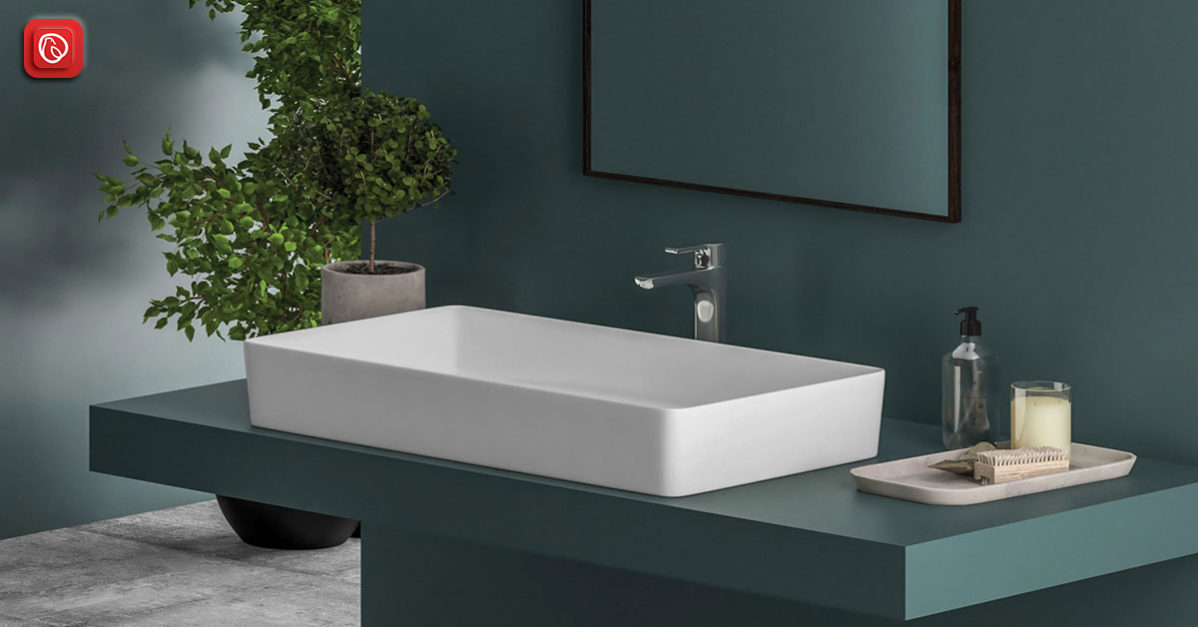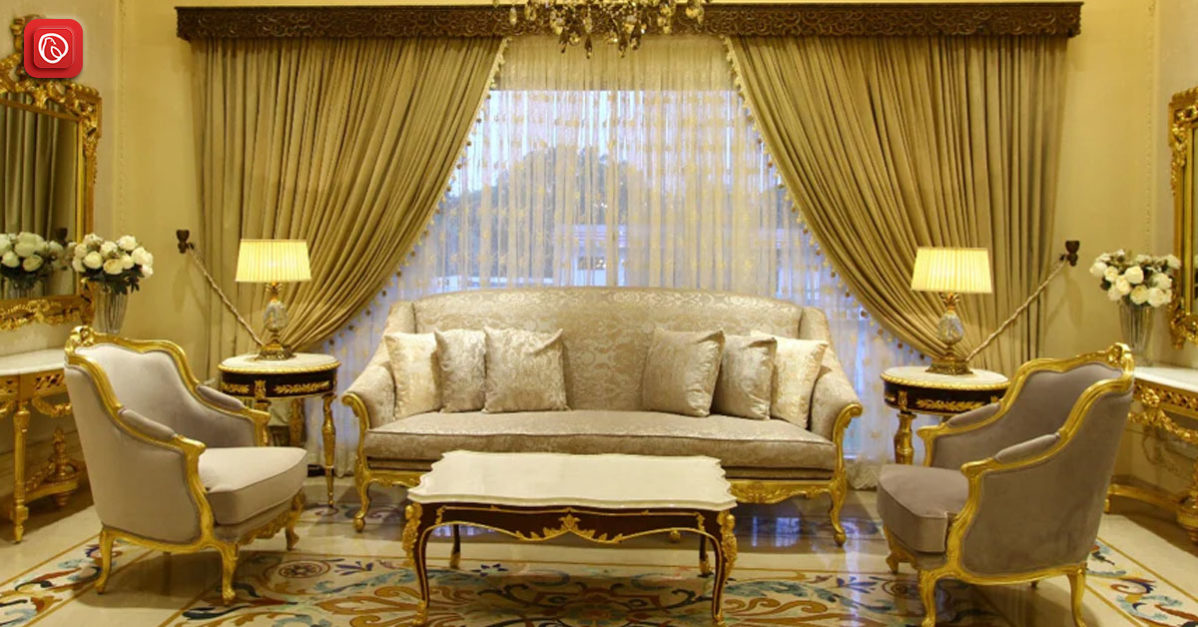Walk into any well-designed space and observe what catches your eye. Is it the pop of yellow in the cushion’s design pattern? The thick fabric draping the walls? Are the small accent pieces carefully placed in various corners?
While you may already have an answer in mind, you may have missed how you actually took in your surroundings i.e. what actually led your attention from one element of the room to another.
A good interior design is not limited to just the right paints and materials — it is about how your eye travels a certain path around the room. This visual tempo is called rhythm in interior design.
Graana.com, Pakistan’s smartest property portal, outlines all that you need to know to incorporate rhythm in your interior space.
The 7 Principles of Interior Design
The fundamental principles of interior design help convey the designer’s intent by describing the ways in which the basic design elements (like colors, textures, lines, etc.) are balanced together within a visual composition. They are as follows:
| Design Principle | Description |
| Balance and alignment | The visual weight of the elements in space (can be achieved by arranging them symmetrically, asymmetrically, or radially) |
| Contrast | The degree of difference between the elements that make up a space |
| Space | The area around different elements (can be positive or negative space) |
| Emphasis | The visually dominant element(s) and their order of importance within a design |
| Pattern | The uniform recurrence of certain elements |
| Scale and proportion | The visual size of each element and how they relate to each other |
| Rhythm and repetition | The replication and intensity of the elements in an organized manner to create visual harmony |
Rhythm and Repetition in Interior Design
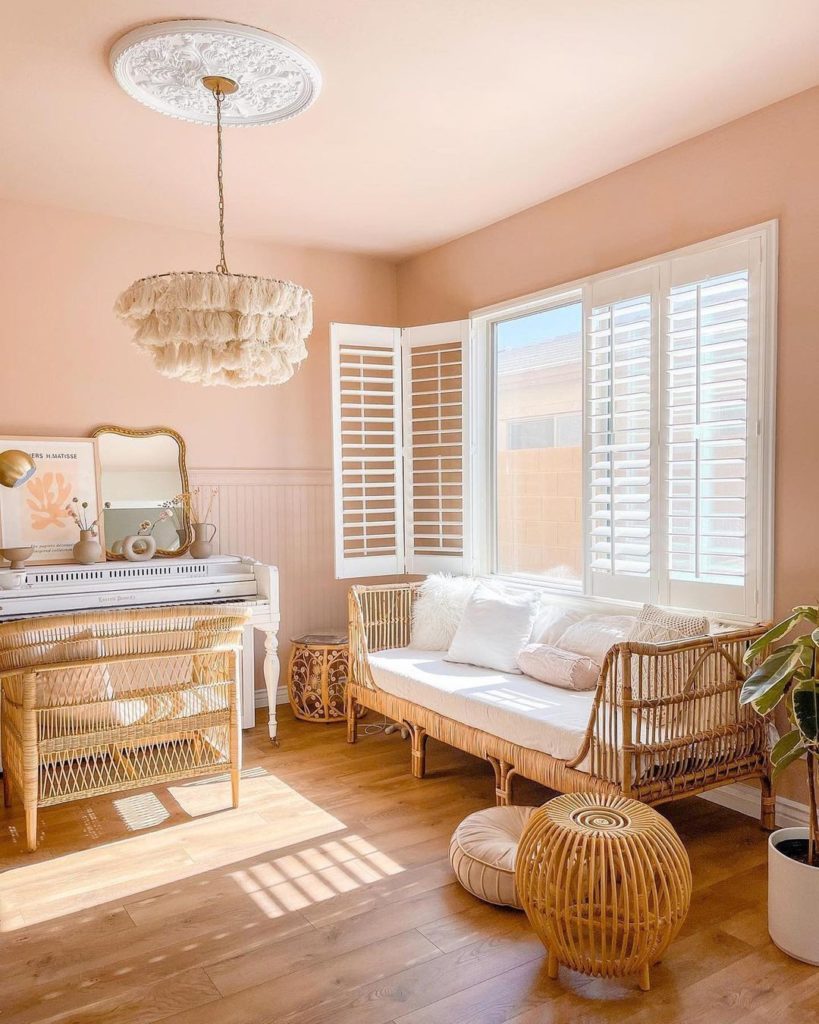
Rhythm is the key tenet of design that suggests action or movement. It is with repetition in shapes, patterns, strokes of color, or complementary items that rhythm can be created.
It is sometimes called the ‘beat’ or ‘tempo’ that guides one’s attention to the focal point of a room or produces the designer’s desired effect on the viewers.
Just like in music, rhythm in interior design can pick up speed (to invite the viewer’s eye to jump rapidly from one place to another) or slow down (to encourage the viewer to slowly drink in his/her surroundings) in its composition. All this depends on the look that you are trying to achieve for your home’s interior.
Importance of Rhythm in Interior Design
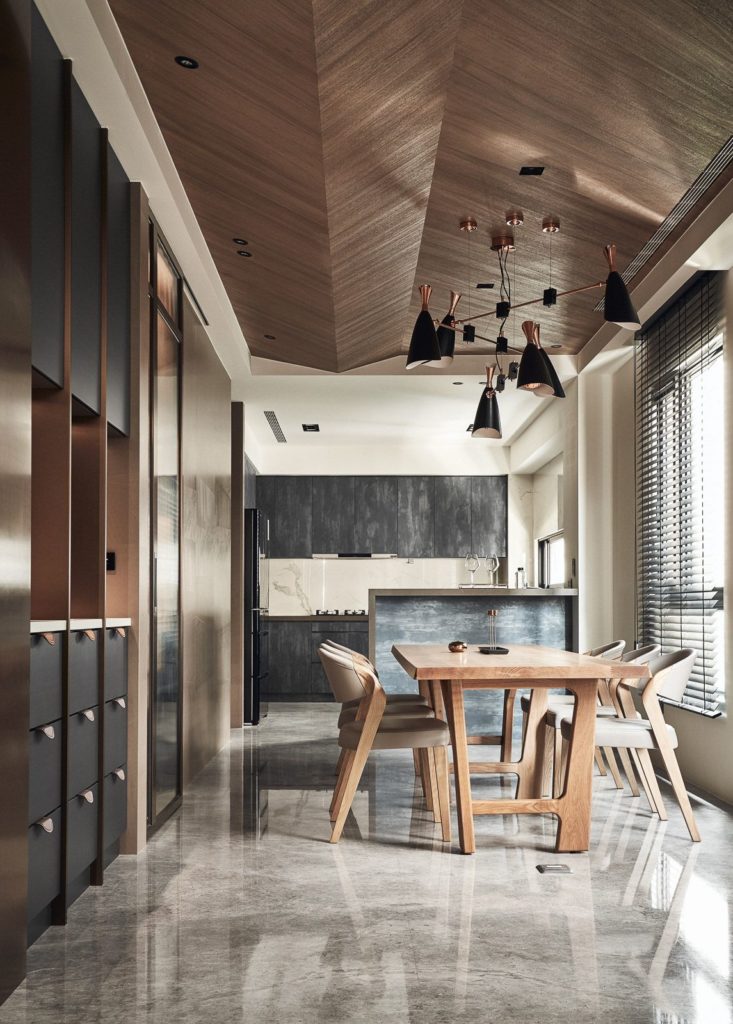
Whether it is in the form of poetry, music, or dance, rhythm is used as a unifying device to heighten one’s response and create a sense of balance. Similarly, rhythm in interior design brings about a visual flow in a room and prevents it from looking ‘static’.
It plays a huge role in how we perceive a space; it is essentially involved in the art of designing the intangible.
Human perception is based on the process of collecting, recognizing, processing and organizing relevant information. Thus, in this context, when a viewer recognizes how individual elements are seamlessly tied together in a room, he/she is able to comprehend the whole intended design.
People automatically tend to gravitate towards whatever creates an underlying impression of cohesiveness. Rhythm helps them develop focus and interest and purposefully leads them to visually scan the room at a comfortable pace and notice the important elements.
The repetition of a particular shade, material, or texture can produce architectonic harmony.
The principle of rhythm can also bring about articulation in design. While the practicality and functionality of a space are important, solely focusing on such approaches leads to a lack of individual expression. Hence, instilling a storytelling element in your design can add a personal touch to your home’s interior. It is a connection between your design ideas and the actual spatial experience. Creating rhythm is an effective way to communicate a narrative through a space.
Types of Rhythm in Interior Design
Whether it is a space for work or recreation, rhythm justifies the good quality of its design. There are five different techniques that you can employ to infuse rhythm into your home’s design.
However, it is important to note that using all five of these can dilute their purpose and create an overwhelming effect. Just using one or two can be sufficient in creating rhythm.
These five mechanisms are as follows:
Repetition
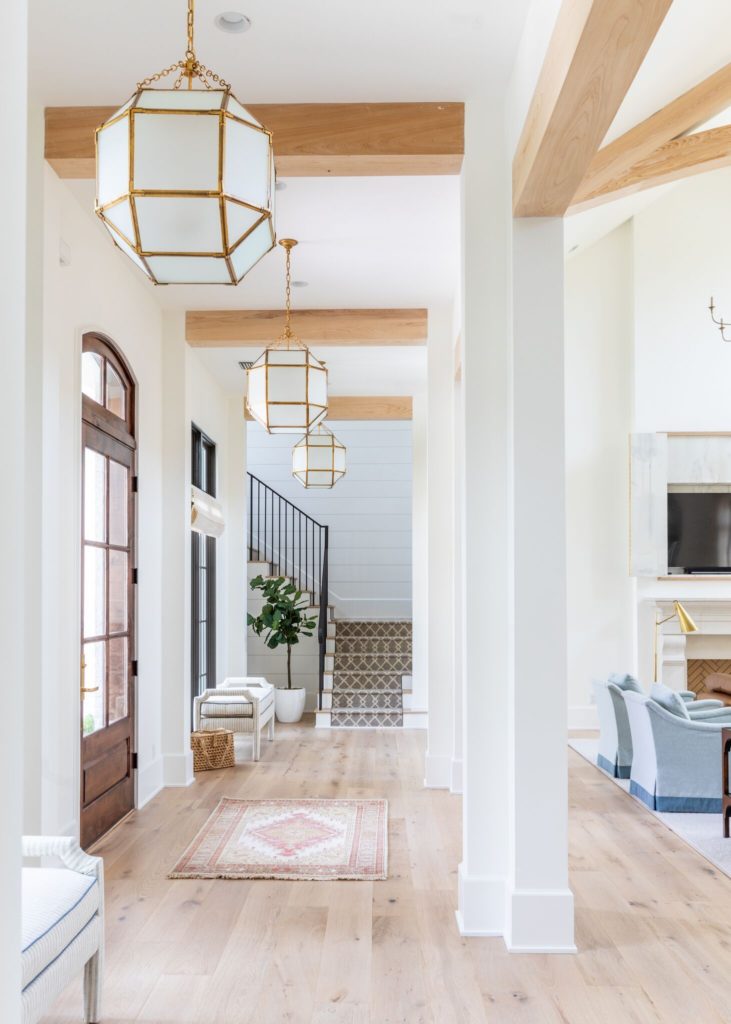
This is the easiest way to attain rhythm in interior design. Repetition is when similar colors, patterns, textures, forms, lines, etc. are used in a continuous manner throughout the room, to create a smooth flow and a sense of stability.
Repetition should only be limited to one or two occurrences – just enough to produce a visual echo, to reinforce a chosen aspect of the room. For example, repetition of architectural features (like columns) can draw attention to the layout of a room.
A basic rule in interior design is that the dominant color of a room should make up 60% of the design, 30% should be devoted to a secondary color, while the remaining 10% should use an accent or tint of a third color.
In this way, we find different colours repeating throughout the room, which make up its visual harmony. For example, a thematic color can be highlighted by matching the shade of the pillows with that of a rug. A painting hanging on the wall can also reflect the same color spectrum.
Similarly, shapes, lines, patterns, or even the symmetry of a room can apply the same technique. For instance, round mirrors, baskets, decorative pieces, or even polka dots in the pattern of fabric can incorporate a circular theme in a design.
Other examples can be:
- The same metal finishing or wood tones in the room (or even the whole place)
- Similar flooring in each room of the house
- The same furniture style
- The color or material of counters or cabinets being similar to the bathroom and kitchen designs
- A similar type of textiles (like rugs of similar materials or colors in adjoining rooms)
Contrast
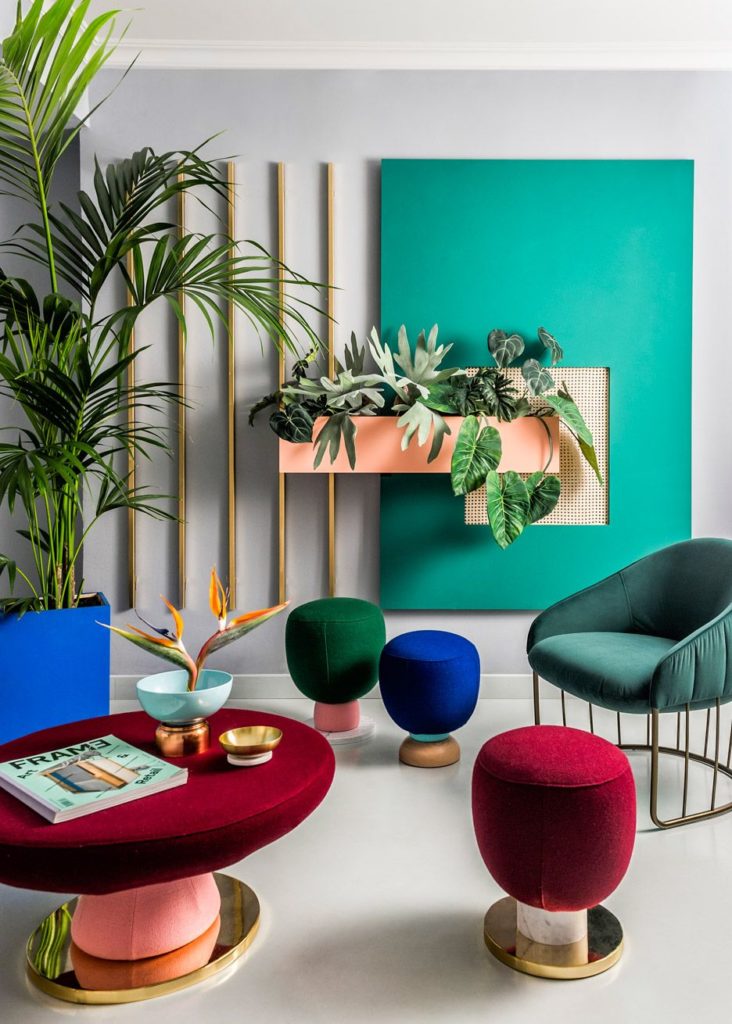
While recurrent elements do make a room look more interconnected, going overboard with repetition can also make it look monotonous. This is where contrast comes in – when one design element is in direct opposition to another. It helps add variety and a dramatic factor to the design of a room.
For example, the theme of a room can revolve around two shades on the opposite ends of a color wheel, like black and white. You can also mix and match the materials in your design (like wood and metal) or shapes (like curved edges of a table in contrast to the strongly defined square lines of the floor tiles below).
You can even go a step further and contrast different architectural styles. For instance, hanging modern, abstract paintings in traditional, old-fashioned interiors is also a good example of rhythmical contrast.
More examples of using contrast rhythm in interior design include:
- Smooth vs. rough textures
- Small vs. large shapes
- Matte vs. gloss finishes
- Negative vs. positive spaces
Gradation
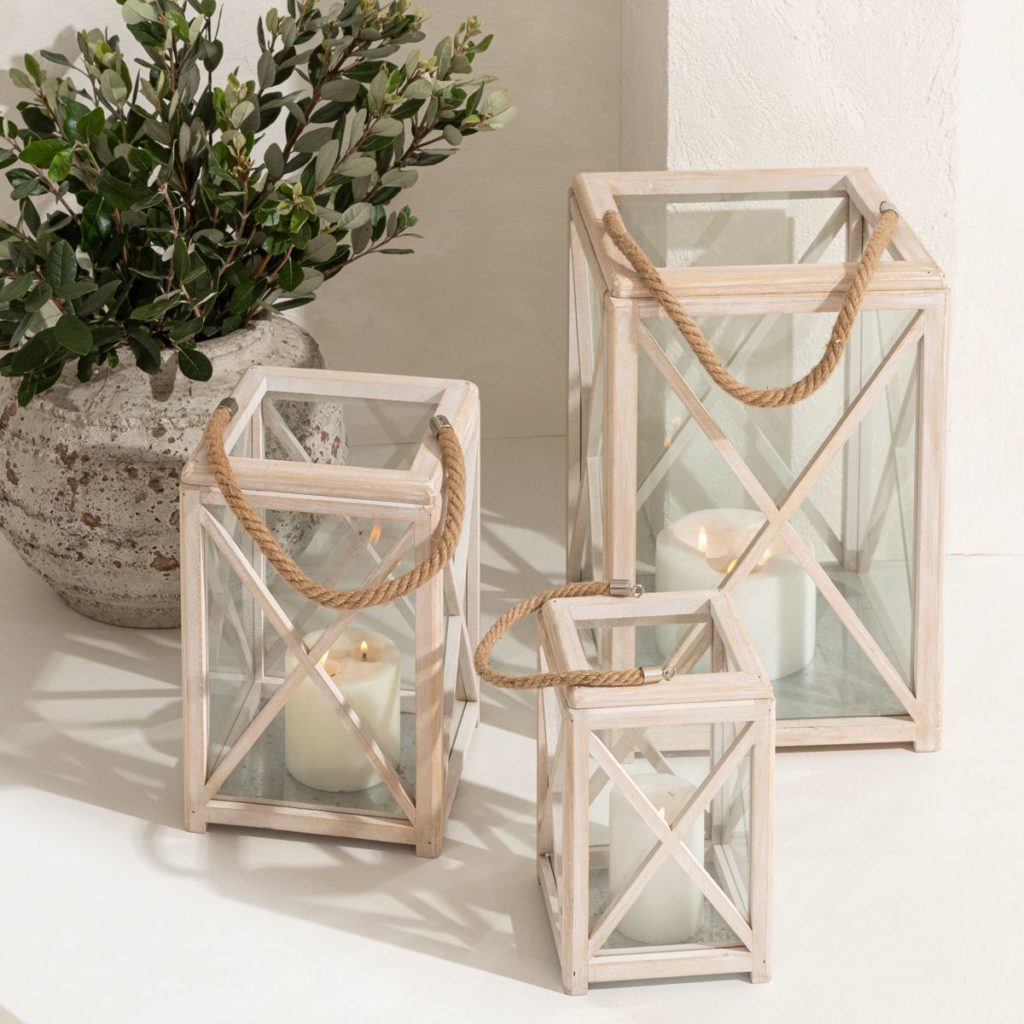
This is a step-by-step sense of progression i.e. to move the eye from one end of the space to the other. A simple example is stairs allowing the eyes to shift from the floor to the upper level. More sophisticated use of gradation is the current ombré trend, where colors progress from lighter to darker shades in a room. This can also apply to the size of objects in a room, which can vary from small to large (or vice versa).
For example, arranging candles according to their size on a tray creates a subtle progressive rhythm as eyes travel up and down the level of gradation.
Radiation
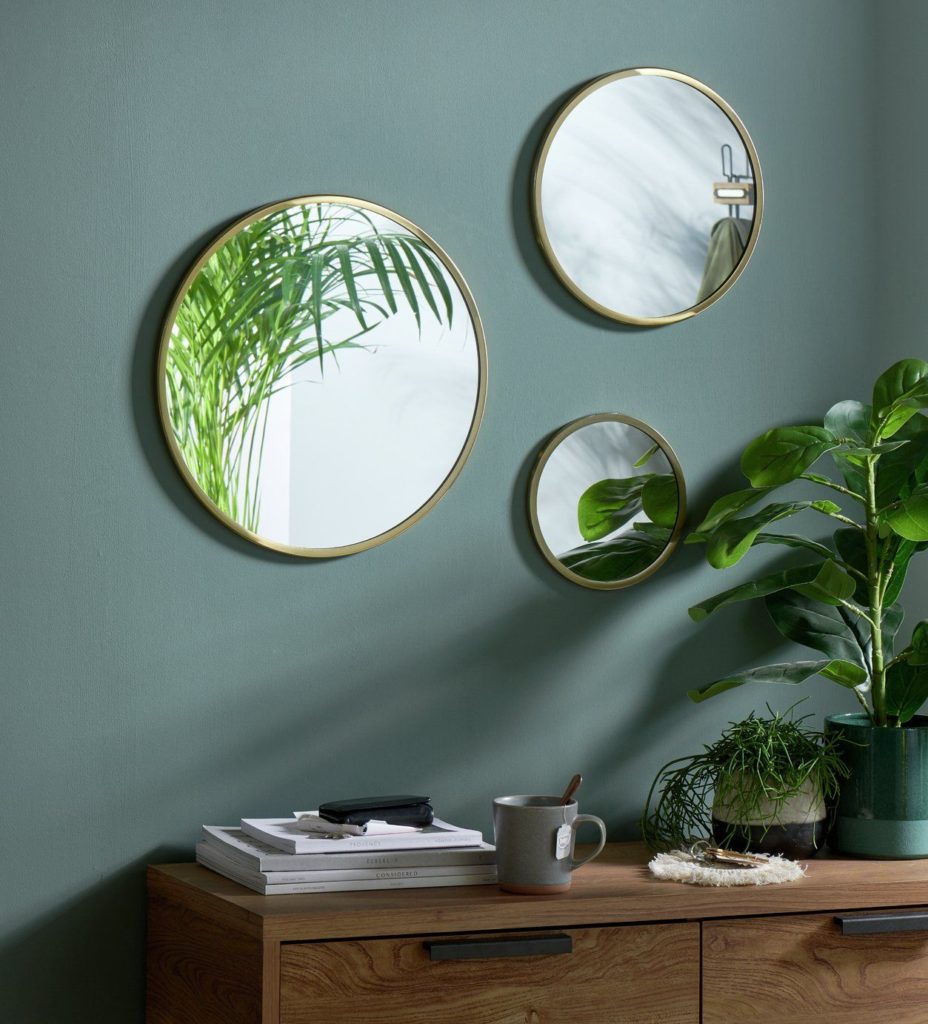
Radiation is when several elements form a balanced rotation around a central point.
Chairs arranged around a dining table are one such example. Any furniture grouped around an object is, in fact, radiation. Hanging circular mirrors on a wall or installing a spiral staircase can also help achieve this.
Transition
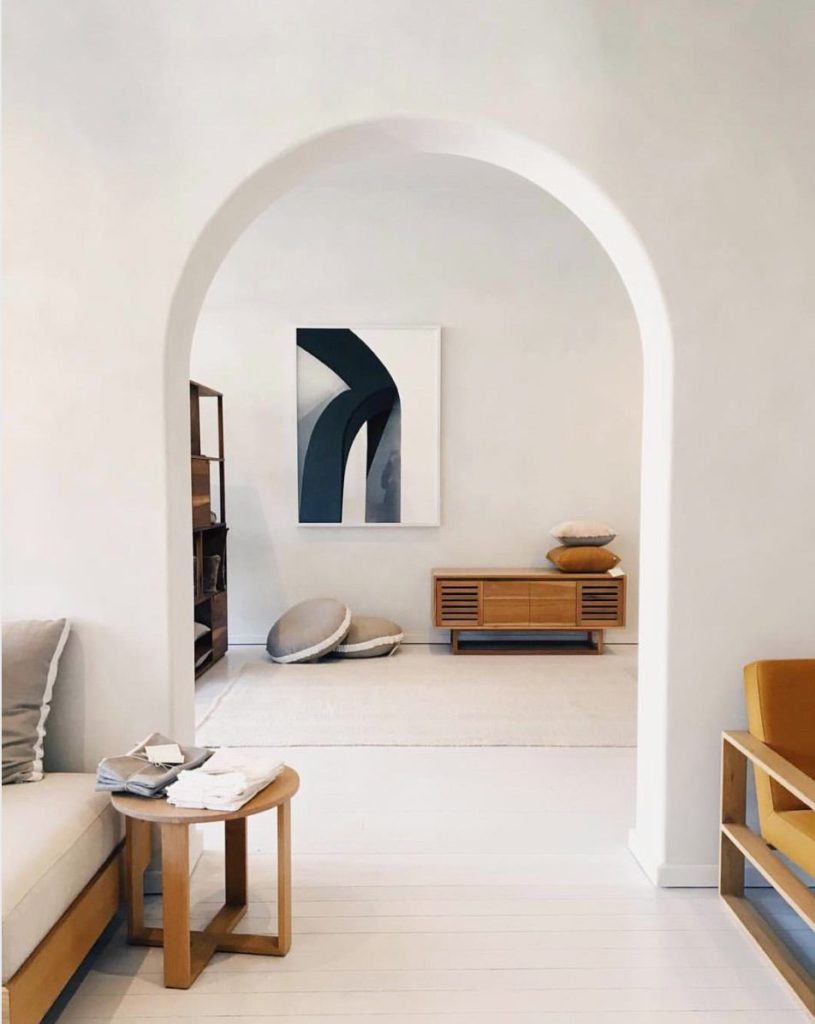
This is when you can view a room in a smooth, uninterrupted flow, from one point to another.
Transition rhythm in interior design is mostly exemplified by shapes, for example, arched doorways or a sitting area with curved furniture – anything that can help your eyes easily glides over the room.
Does your space utilize rhythm?
To test whether you have successfully incorporated movement in the design of your place, just glance around a room as a whole once.
Determine whether only a single element grabs your attention — this can be something that is too bold or light in color (relative to the rest of the colour palette), too large or not aligned with the other objects in the room.
Adjust accordingly, until you feel the room has acquired the desired balance.
Designing your home’s interior is more than just accumulating a collection of things; it serves as the appropriate backdrop to your life and defines your place accordingly.
Rhythm in interior design is just a series of some small changes so that the viewer sees the intent behind the surroundings. It can be vibrant and dynamic to set a loud tone for the room, or it can be calm and peaceful for a more orderly design.
For more tips and ideas for your home’s interior, visit Graana.com.


